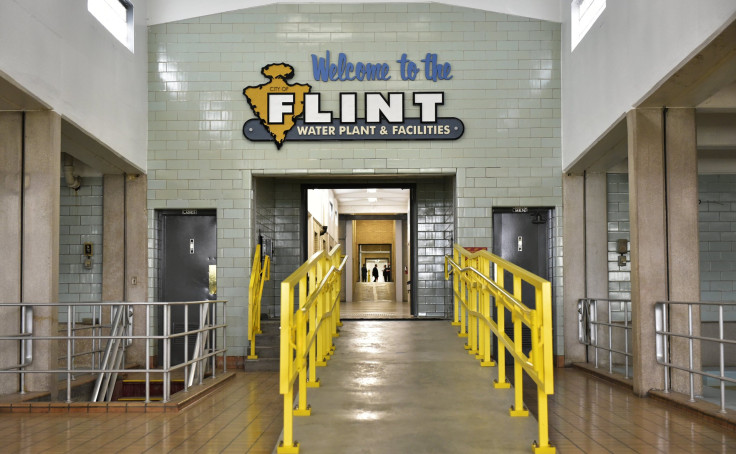Equitable Access To Jobs, Education, Clean Water Key To US Sustainable Development

Despite being the largest economic power in the world, the United States is falling drastically short in fulfilling its commitment to reaching the United Nations’ sustainable development goals, or SDGs. Serving as a roadmap to a sustainable future, these 17 goals reflect each country’s responsibility to improving the livelihood of its citizens and the global community at large.
While it looks like the U.S. is honoring its commitment to achieving the SDGs, the following three examples show there is still significant room for improvement.
Quality education
According to the National Assessment of Educational Progress , less than half of fourth-, eighth-, and 12th-grade students scored at or above proficient in several fields, such as mathematics, reading, science, and writing, on the most recent assessments. U.S. students are also lagging behind in science, mathematics, and reading compared with many developed countries, such as Singapore, Finland, and South Korea, according to the Pew Research Center.
The numbers aren’t exactly encouraging, but there are still signs of progress, as the Department of Education highlights. Education initiatives enacted during the Obama administration included a $1 billion investment to ensure every child has access to a preschool education; a $350 million investment in more effective assessments and data; and the Excellent Educators for All Initiative, which aims to place high-quality teachers in high-poverty, high-minority schools.
The factors contributing to weaknesses in the U.S. education system are complex. For example, race, socioeconomic status, and other external elements are common catalysts for inequitable education. Still, the United States’ acknowledgement of a problem in its schools indicates the country is willing to address these issues.
Clean water and sanitation
The World Bank reports that 99.02 percent of U.S. citizens used safely managed drinking water services in 2015. Compared with the world average of 71.16 percent for that year, the United States seems to be performing well in meeting its clean water goals. Nevertheless, when one considers that the U.S. population in 2015 was roughly 321 million, that means approximately 3.15 million people in the country — more than the population of Chicago — did not have access to safely managed drinking water.
Much of this can be attributed to poor examination and implementation of pollution and water safety laws in different parts of the country. The 1974 Safe Drinking Water Act established federal standards to guard against contaminants, both natural and man-made, that could be found in drinking water. The Environmental Protection Agency , or EPA, enforces these standards. Even with rigid guidelines in place, however, there are individuals and communities across the country who do not have access to safe drinking water, such as the residents of Flint, Michigan.
The Safe Drinking Water Act shows that the United States is committed, in some way, to providing safe drinking water to its citizens and residents. The barriers to actually providing that clean water seem to stem from a lack of proper government investment or oversight. Nationally, the United States is succeeding, but it needs to facilitate access to clean water in the smaller pockets, such as Flint.
Work and economic growth
Comparing the poverty levels of the United States with G20 countries and other nations committed to the United Nations’ SDGs can lead to misleading conclusions. The U.S. poverty rate in 2017 was 12.3 percent, according to the U.S. Census Bureau. In Finland, Norway, and France, for example, the rate was less than 10 percent, according to statistics from the Organization for Economic Cooperation and Development. The OECD also reports, however, that the average household income, after taxes and transfers, in the United States was higher than the average incomes in those three European countries.
Once one examines the United States alone, without the context of other countries, the portrait of economic inequality becomes much clearer. As of February, the national unemployment rate was 3.8 percent, but the top-earning employees and workers still control most of the wealth, as the richest 5 percent of Americans own two-thirds of the national wealth, according to Inequality.org. The picture is worse for minority families and those of poor socioeconomic backgrounds. Similarly, just like the examples in education highlighted earlier, these communities often have limited access to the means to improve their livelihood or increase their wealth.
The United States’ economic output in 2017 was the largest in the world, even though the country’s GDP growth rate was lower than the rates of China and other developing countries. Within the U.S., there are still individuals and communities not benefiting from that economic output — a problem the country needs to address to achieve sustainable development.
Jenny Darroch, Ph.D., is the Henry Y. Hwang Dean of the Drucker School of Management at Claremont Graduate University and professor in the Master’s in Marketing Analytics Online program.
© Copyright IBTimes 2024. All rights reserved.





















